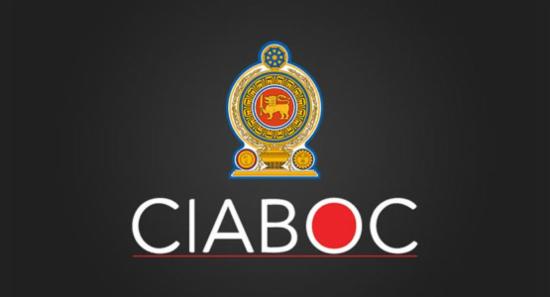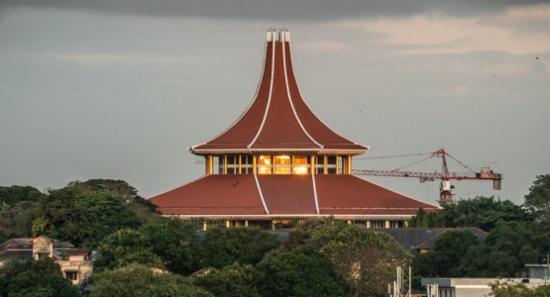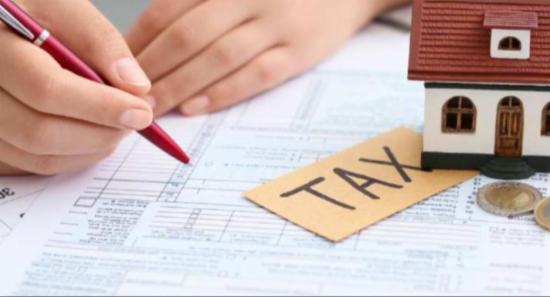.webp)
Bus fares were increased to avoid a strike
COLOMBO (News 1st) - The Cabinet paper stating the 12.5% increase in bus fares will be presented to the Cabinet of Ministers for approval on the 22nd of this month. However was this increase in bus fares in line with the national policy on bus fares or did it have an alternative purpose?
According to the revision of bus fares under the National Policy, fares are revised on the 1st of July every year. But as the government decided to increase fuel prices, bus associations called for an increase in fares, before the annual revision takes place.
Following preliminary talks, Cabinet approved an increase of 6.56%. However, bus associations that were not satisfied by this increase threatened to launch an islandwide strike. While one group called for a 10% increase, another called for a 20% price hike. How these associations reach these figures was a question to us so we asked them to explain how they arrived at such a value.
President of the Lanka Private Bus Owners' Association, Gemunu Wijeratne explained to one of our reporters the various components taken into consideration when revising bus fares. He noted that if the fuel price hike was taken on it's own, they increase in bus fares would have amounted to only 4.4.%. However, Wijeyratne explained that there are other expenses such as costs in services, repair costs, and depreciation that come into play when reaching a decision on a price hike. The calculations that he showed us added up to around 9% and he explained that the Minister in charge has the discretion to add 1 or 2 % to this value.
Wijeratne was able to successfully justify his associations request for a 10% fare increase. So we turned to Anjana Priyanjith, Secretary of the All Ceylon Private Bus Owners' Federation, a proponent calling for a 15% price hike. He stated that 4.5% increase would be justified by the increase in fuel prices and a 5% increase due to cost of spare parts. He added that the 6.56% fare increase was completely wrong adding that the 12% was also based on an imporper calculation, Priyanjith claims that actual percentage increase should have been much higher. However his calculations were not as convincing as the ones made by Gemunu Wijeyratne.
So our reporters traveled to the Ministry of transport to have a chat with the Deputy Minister of Transport and Civil Aviation, Ashok Abeysinghe. We asked the deputy minister to explain the 12.5% bus fare increase and show us the equation used to reach this figure. To our surprise, the deputy minister said that there was no equation they used to reach this figure. He noted that this was not necessary as they understood why there was a demand for a bus fare hike, he added that it would take a much longer time if they had gone into exact policies. According to the deputy Minister, rather than giving 20%, their decision was to give 12.5%.
The functions of the National Transport Commission are to advise the Government on the national policy relating to passenger transport services by omnibuses. Speaking to News 1st, its Chairman said the decision to increase bus fares by 12.5% was taken without consulting the National Transport Commission.
Meanwhile issuing a release, the National Movement for Consumer Rights Protection says the price hike is unreasonable as per the National Policy on the revision of bus fares. It adds, if the revised bus fare is not withdrawn, the National Movement for Consumer Rights Protection is prepared to go to court on behalf of the people.
In 1955, Rosa Parks refused to give her seat to a white man, initiating the civil rights movement in the United States. This act of defiance against segregation laws in the United States led to the Women's Political Council issued a leaflet calling for a boycott of Montgomery buses.
Don't ride the bus to work, to town, to school, or any place Monday, December 5.
The Montgomery bus boycott triggered a firestorm in the South. People walked to work or rode their bikes, and carpools were established to help the elderly. The bus company suffered thousands of dollars in lost revenue. Finally, on November 23, 1956, the Supreme Court ruled in favor of the MIA, segregated busing was declared unconstitutional. City officials reluctantly agreed to comply with the Court Ruling. You might find it a bit odd to see a historical fact towards the end of a story on bus fare, however, this is a prime example to show the strength that people all over the world have if they come together for a common goal.Other Articles
Featured News





.png )


-797407_550x300.jpg)







-797273_550x300.jpg)



















.gif)